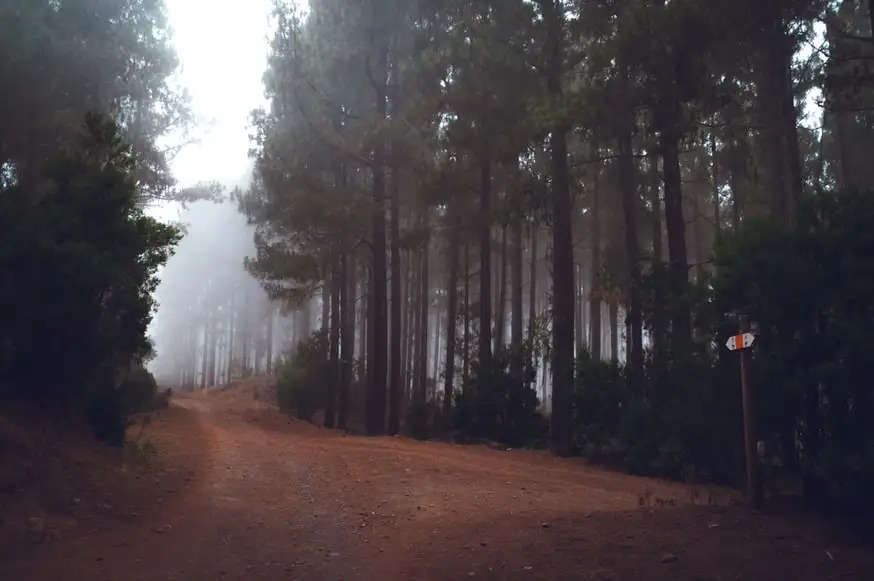Liquid Gold: Spain's Age-Old Practice Saving the Rural Towns

Here, liquid gold is not exactly the same as the one used to make jewelry, but it is much more valuable to the people of Spain than real gold.
The practice of extracting resin from pine trees has been common in Spain, but one particular village has realized the greater significance of nature's product.
They believe that this practice, which has been in use for years, has saved many rural lives and is also contributing to the protection of the environment. We are talking about Spain's Castilla y León, which is an autonomous region surrounded by vast mountain ranges, plateaus, and medieval towns.
Already known to be a great traveling spot among tourists, most visitors come to marvel at the Castillo castles, which has also inspired the region's name. You get to admire the beautiful cathedrals in León and Burgos.
As far as your eyes can see, most of the area is covered in a scrubby sierra and high-altitude Meseta plains. But, the Segovia, Ávila, and Valladolid provinces offer you a completely different landscape. All you can see is the green belt, which lies amid the Tierra de Pinares and Sierra de Gredos mountain ranges.
An area of 400,000 hectares covered with pine trees has been believed to have blessed the environment and the rural lives around the protected forest area. If you visit the region, it is the best hiking spot for visitors, which reaches up to the mountainous folds.
However, if you get the chance to see the place during the right season, you can yourself experience the extraction of the life-giving "liquid gold" in the form of resin dripping from the pine trees.
Spain's Booming Market
Liquid gold, or the resin extracted from the pine trees, has been used throughout civilizations. Resin has been put in use all these years for different purposes.
From the creation of waterproof ships to light torches and treating burns, the resin is one of the products that has saved many's lives by improving the chances of survival. However, the professionals said that resin's profitable feature came to the knowledge of the Castillo people only in the 19th to 20th centuries.
It was not until the world came to know of technology and industrialization that people learned of the profitable and commercial use of resin. Products like plastics, rubbers, turpentine, and even food additives made the extraction of resin a full-time profession for the people of the Castilla y Leon region. Although it is a time-consuming process, it has undoubtedly changed the lives of rural people of the Leon region, making it even more important than gold for them.
Today, Spain's Castilla y León region is the home to Europe's most resin manufacturers. Above all, it holds greater significance also because it is one of the last places on the entire continent where the resin extraction practice exists even today.
The Best Time to Extract resin from the Pine Trees
Extraction of resin from trees, or as some may refer to it as "bleeding," is done by making diagonal incisions on the bark of the palm trees using an ax. But before this, the local extractors strip away the external or the outer layer of the tree.
A plate is nailed onto the trunk in which the extractors hook the collector pot on it. Subsequently, the tree bleeds resin from the incision, which slowly seeps and gets collected into the pot.
The collected raisin is then sent to the factories where this natural product is turned into products that are sold in the market. Once the distillation process and solidification of the resin are done, it appears yellowish turns into shiny amber lookalike stones, hence the name 'liquid gold.'
The best time to extract the resin from the pine trees for the Castilla y Leon extractors is in the warmer months, from March to November. So, if you are in the region during these months, you can get to yourself, learn and experience the extraction process and see how the pine trees are 'bled' to save rural lives.
Similarly, if you want to visit Castilla y Leon and are particularly excited to see the resin extraction from the pine trees, you should plan your trip during the warm weather from March to November.
For the people of Castilla y Leon, resin extraction from pine is not only their economic lifeline. It is a traditional practice, which has been passed on from generation to generation. Hence, it holds greater significance in their legacy and culture.
.jpg)
